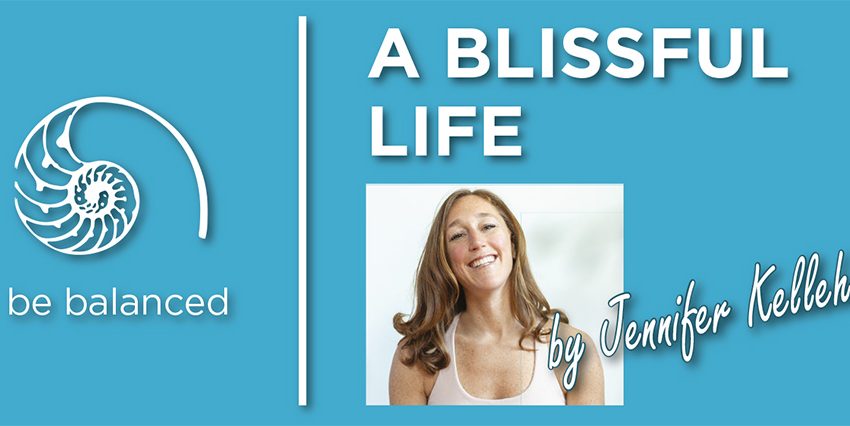What Type of Communicator Are You?

By Jennifer Kelleher
I was recently listening to a talk by Dr. Elisa Zinberg on communication techniques and the various ways in which people process information. Dr. Zinberg explains representational systems (also known as sensory modalities) as the part of the brain that a person instinctively uses most dominantly. She says that there are three types of communicators: visual, auditory, and kinesthetic. While we all have access to all three areas of our brain, there is usually one that is naturally predominant, which plays a role in how we absorb and share information. Becoming aware of what I am about to share can be incredibly useful in helping you to connect more effectively with family, friends, colleagues, clients, and beyond.
First, there is the visual communicator. This person relies heavily on the “seeing” part of their brain. Studies show that the brain can process pictures and videos 60,000 times faster than text, therefore, these communicators convert information very quickly. They created the saying, “A picture is worth a thousand words.” Because visuals are receiving so much information all at once, they tend to speak very quickly. They have images flashing through their minds constantly. When speaking, they use words such as: see, look, viewpoint, picture, and visualize. Visual communicators may work as architects, designers, cartoonists, and film editors, for example.
Next, we have the auditory communicator. Auditory communicators tend to enjoy discussion, debate, joking, and storytelling. They are more moderately paced in their processing and speaking, and they tend to have more melodious voices.
Auditories can remember up to 75% of what they hear. When speaking, they may often use words like: hear, ask, call, and sound. They love music and easily memorize the lyrics to songs. Some professions of auditory communicators include singers, musicians, linguists, and translators.
Finally, there is the kinesthetic communicator, who benefits from actively participating (often physically) in problem-solving and new tasks to absorb the information. This person speaks slowly, and their breathing is usually deep in their abdomen. Their preferred means of communication is through touch and emotion, so they tend to be quieter. In their speech, they use words like: handle, grasp, solid, warm, feel, and sense. Kinesthetic communicators tend to make good therapists, healers, and bodyworkers. They are the empaths of the world.
Now that you have learned the three types of communicators, which one do you most identify with personally? When you think about your family members, friends, or work colleagues, can you determine where they might fall?
I invite you to use this new awareness to enhance your communication abilities. When you are speaking one-on-one with someone, look for signs to determine how they best absorb information and mirror their communication style back to them to form a better connection. For example, if you are working with a kinesthetic communicator, you may invite them to participate in an activity to get your point across, whereas if you are working with a visual, you could talk quicker and say things like, “Do you see what I mean?”, or, “Visualize this…” When speaking to a group, it is advisable to use tactics from all three categories to connect broadly and effectively.
Ocean Bliss Yoga hopes you are having a wonderful September, and we invite you to include us in your Fall wellness routine. Join me (Jen) in welcoming the new season with a Sound & Yin Ceremony on Wednesday, September 20 at 7 p.m. Check our schedule at oceanblissyoga.net for a full list of classes and workshops.


